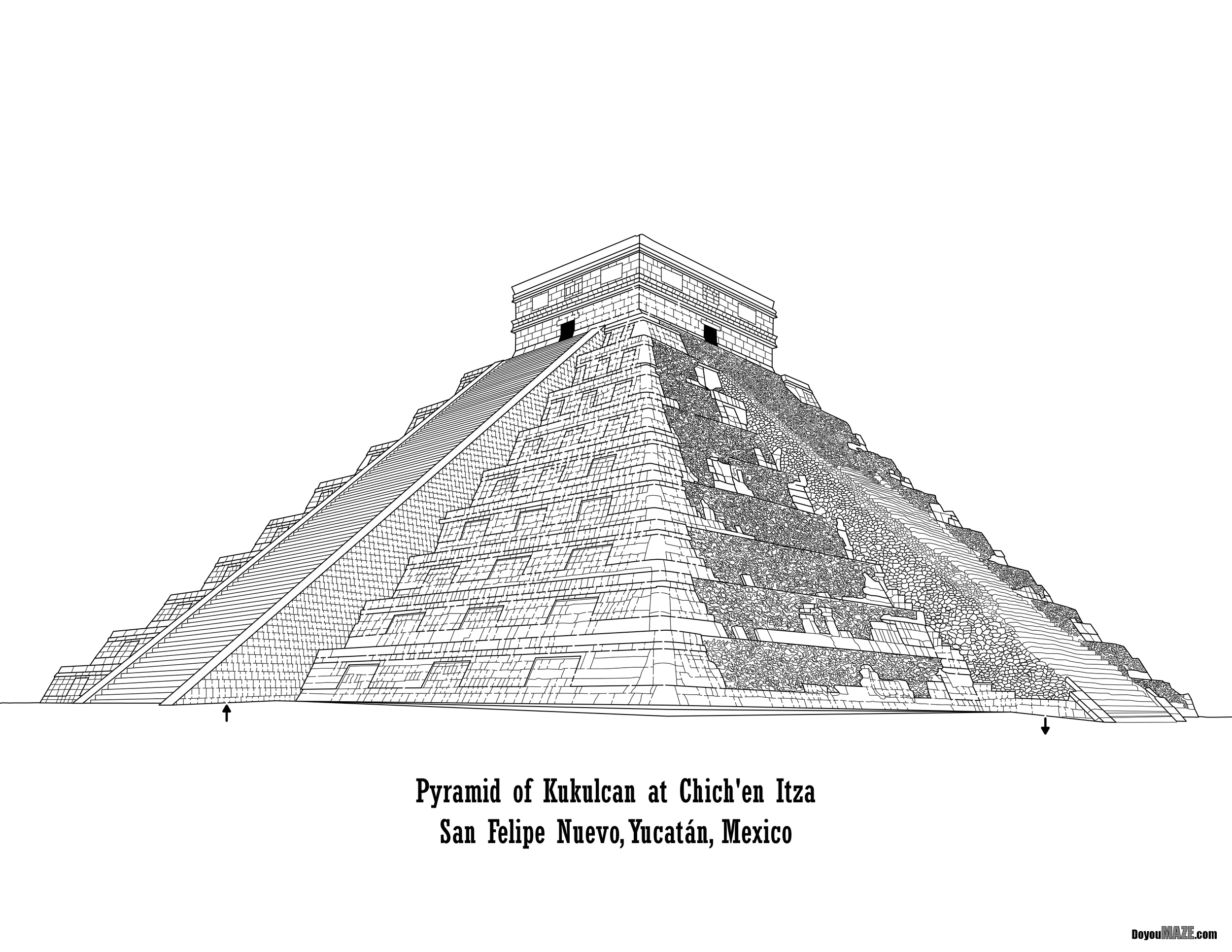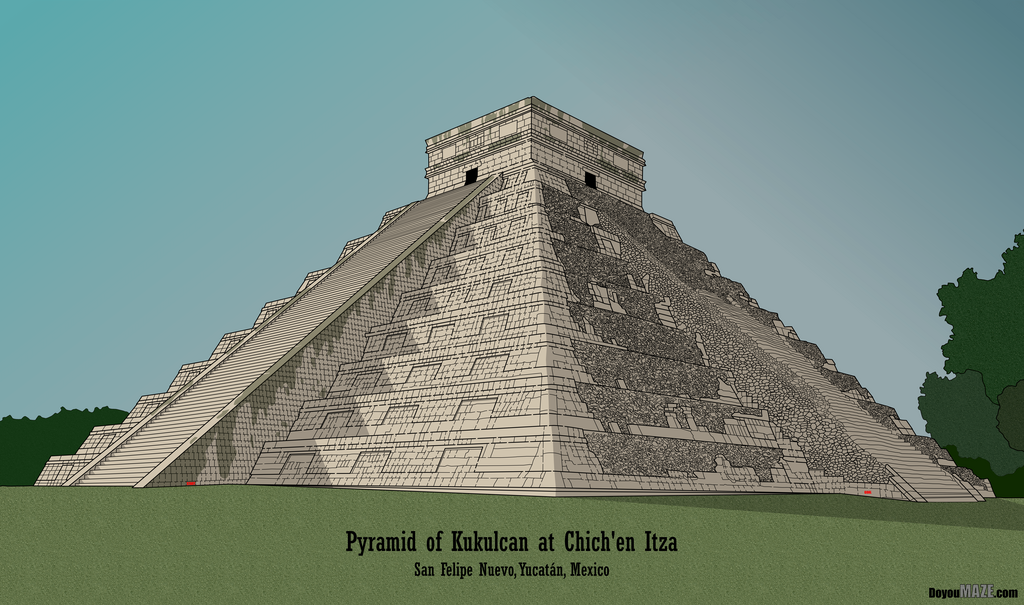Sandland is a hidden underground labyrinth in western Wisconsin. Where exactly ? Well, since it is not open to the public, that is a bit of a secret. Doesn’t that make it more interesting ? I stumbled across this one day and went down a rabbit hole (or maybe more appropriately a sandstone path) online for a few hours.
What is Sandland ?
Sandland is a maze of tunnels that are being dug into Jordan sandstone bedrock, a type of rock that is native to Wisconsin. The tunnels are being created by a man named Eric Sutterlin with a group of volunteers. The goal is to create a unique attraction for visitors to explore and discover. Here is a portion of the brochure where you can see the tunnels being built, and the map of the dig:
Brochure: courtesy of Eric Sutterlin and J. T. Sobie; Brochure includes photos from Jon Sobie, Summer Anderson, Micah McMullin, Eric Sutterlin, Chris Daniel and Ana Smrekar
Tell me about the Tunnels
The tunnels are about three feet tall, so visitors have to crawl through them. The only light you have inside the tunnels comes from headlamps. The tunnels have horizontal layers of white, orange, and grey stone. The goal in the maze is place called Gabe’s Bar, made by a volunteer named Gabe.
Is it complete ?
No, there are still plans to dig and expand the complex that you can read about on the Sandland website. The digging started in 2011 and is still ongoing. There are extensive future dig plans (some of which you can see on the map above.
I like my information in video form. Show me your favorite videos on Sandland:
Sure, here is a quick 2 minute overview that explains Sandland and shows the location:
And here is a interesting video with an interview with Eric Sutterlin, the creator of Sandland, exploring why he is making the tunnels.
And here are some of the most common questions answered about the digging, including about tunnel collapse.
I want to do some digging and volunteer !
You can reach out for volunteering information at digsandland@gmail.com
Or send a message on the Facebook page which also includes tunnel updates.
If I missed something, check out the about page to fill in the gaps !
Similar content:
5 Interesting Mazes from Around the World that are Made from Plants:






